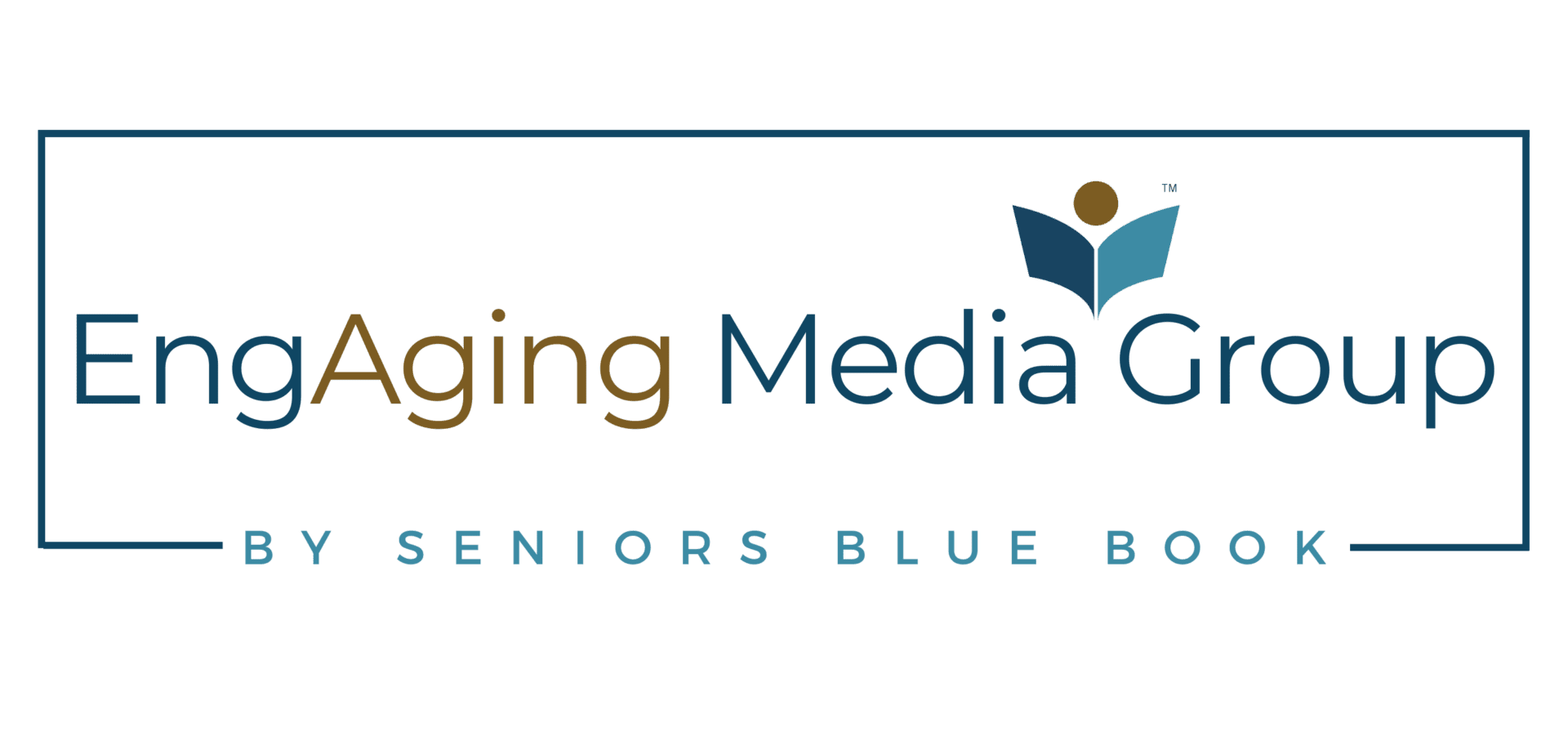Marketing to senior audiences requires a thoughtful approach—one that is backed by data and analytics to truly understand their preferences, behaviors, and needs. As the senior population continues to grow and embrace digital platforms, businesses have a unique opportunity to leverage data-driven strategies to enhance engagement, improve targeting, and drive better results.
In this blog post, we’ll explore how data and analytics can transform your marketing efforts to better connect with seniors. Whether you’re looking to refine your messaging, optimize your campaigns, or improve conversion rates, using the right insights can make all the difference.
1. Understanding Senior Audience Behavior Through Data
Seniors are more digitally savvy than ever, using social media, search engines, and online shopping. By analyzing browsing habits, social media engagement, and purchasing behavior, you can create marketing campaigns that truly resonate with them.
Example Visual:
A data chart showing the most popular online activities among seniors (e.g., Facebook usage, online shopping trends, and search queries).
2. Personalizing Marketing Campaigns with Insights
One-size-fits-all messaging doesn’t work. With data analytics, you can segment senior audiences based on interests, demographics, and online behavior. This allows for personalized emails, tailored ad content, and website experiences that cater specifically to their needs.
Best Practice:
Use A/B testing to determine which messaging resonates most with your senior audience. Does a warm, conversational tone work better than a professional one? Let the data decide.
3. Leveraging Predictive Analytics for Better Engagement
Predictive analytics helps forecast future behaviors based on past interactions. This means you can anticipate seniors’ needs, such as sending timely reminders for healthcare services, seasonal promotions, or content recommendations that align with their interests.
Common Mistake:
Failing to update data regularly. Outdated information can lead to irrelevant marketing messages that don’t resonate with seniors’ current interests or needs.
4. Enhancing Website and Content Performance
Tracking website analytics helps identify which content is most engaging for seniors. Are they reading blog posts about health and wellness? Are they clicking on video testimonials? Use this data to refine your content strategy and improve user experience.
Suggested Visual Aid:
A heatmap showing where senior visitors click most on a website, revealing their top interests.
5. Utilizing Social Media Insights for Stronger Connections
Social media analytics reveal which types of content seniors engage with most. Do they prefer inspirational stories, educational videos, or interactive posts? Understanding these trends can help shape a content strategy that encourages more interactions and brand loyalty.
Pro Tip:
Use Facebook Audience Insights to learn about your senior followers and adjust your strategy accordingly.
6. Optimizing Ad Campaigns with Data-Driven Decisions
Running ads without data is like shooting in the dark. Analytics help fine-tune ad targeting, ensuring you reach the right senior audience at the right time with the right message. Look at metrics such as click-through rates, engagement levels, and conversion rates to optimize performance.
Want to ensure your ad campaigns reach the right senior audience? Contact EngAging Media Group at hello@engagingmediagroup.com for a free consultation!
7. Improving Email Marketing Effectiveness
Email remains a powerful channel for reaching seniors. Data analytics can show which subject lines get the highest open rates and what types of content drive the most engagement. Use this data to craft emails that feel personal and relevant.
Quick Tip:
Try segmenting your email list based on age, interests, and previous engagement levels to boost effectiveness.
8. Using Heatmaps to Improve User Experience
A well-structured website is crucial for keeping seniors engaged. Heatmaps help analyze how they interact with your site—where they click, scroll, and spend the most time. This data helps optimize layouts, navigation, and call-to-action placements.
Suggested Visual:
A heatmap overlay of a senior-friendly website showing engagement hotspots.
9. Tracking Call and Chat Data for Better Customer Support
Many seniors prefer direct communication, like phone calls or live chat, to get information. Analyzing call and chat data can reveal common questions and concerns, helping businesses enhance customer support and refine marketing messages.
Best Practice:
Use recorded call insights to train staff on better addressing seniors’ needs and preferences.
10. Measuring ROI and Making Data-Backed Decisions
The ultimate goal of any marketing strategy is to drive results. Tracking key performance indicators (KPIs) such as conversion rates, customer acquisition costs, and lifetime value allows you to refine strategies and allocate resources effectively.
Final Thought:
Data-driven marketing isn’t just about numbers—it’s about understanding what truly matters to your senior audience and delivering value at every touchpoint.
Data and analytics play a crucial role in marketing to senior audiences, helping businesses make smarter decisions, create personalized experiences, and drive better engagement. By leveraging insights from website analytics, social media, email marketing, and predictive modeling, you can enhance your reach and build meaningful connections with seniors.
Want to see how data can transform your senior-focused marketing strategy? Contact EngAging Media Group today at hello@engagingmediagroup.com for a free marketing consultation! Our experts will provide a full assessment, along with actionable tips to improve your outreach and engagement efforts.

